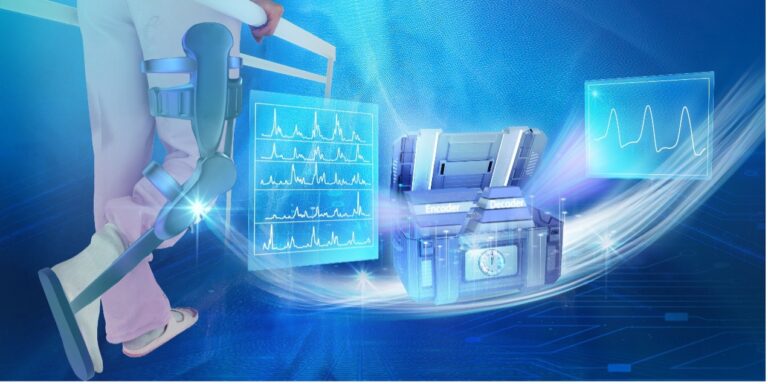Liu, Tian; Liang, Tuanjie; Sun, Ning; Wang, Qiong; Bu, Jingyu; Li, Long; Chen, Yuhao; Cao, Menglin; Ma, Jin.
Wearable exoskeleton robots can promote the rehabilitation of patients with physical dysfunction. And improving human-computer interaction performance is a significant challenge for exoskeleton robots. The traditional feature extraction process based on surface Electromyography(sEMG) is complex and requires manual intervention, making real-time performance difficult to guarantee. In this study, we propose an end-to-end method to predict human knee joint angles based on sEMG signals using a tightly coupled convolutional transformer (TCCT) model. We first collected sEMG signals from 5 healthy subjects. Then, the envelope was extracted from the noise-removed sEMG signal and used as the input to the model. Finally, we developed the TCCT model to predict the knee joint angle after 100 ms. For the prediction performance, we used the Root Mean Square Error(RMSE), Pearson Correlation Coefficient(CC), and Adjustment R 2 as metrics to evaluate the error between the actual knee angle and the predicted knee angle. The results show that the model can predict the human knee angle quickly and accurately. The mean RMSE, Adjustment R 2 , and (CC) values of the model are 3.79°, 0.96, and 0.98, respectively, which are better than traditional deep learning models such as Informer (4.14, 0.95, 0.98), CNN (5.56, 0.89, 0.96) and CNN-BiLSTM (3.97, 0.95, 0.98). In addition, the prediction time of our proposed model is only 11.67 ± 0.67 ms, which is less than 100 ms
Trustworthy and collaborative AI for personalised healthcare through edge-of-things
EEG-Based Parkinsons Disease Recognition Via Attention-based Sparse Graph Convolutional Neural Network.
Chang, Hongli; Liu, Bo; Lu, Cheng; Zong, Yuan; Wang, Xuenan.
ECG-CL: A Comprehensive Electrocardiogram Interpretation Method Based on Continual Learning
Gao, Hongxiang; Wang, Xingyao; Chen, Zhenghua; Wu, Min; Li, Jianqing; Liu, Chengyu.
Integrating Medical Domain Knowledge for Early Diagnosis of Fever of Unknown Origin: An Interpretable Hierarchical Multimodal Neural Network Approach
Wang, Zhixiao; Liu, Jian; Tian, Yu; Zhou, Tianshu; Liu, Qianghua; Qiu, Yunqing; Li, Jingsong.
Heterogeneous Collaborative Learning for Personalized Healthcare Analytics via Messenger Distillation
Ye, Guanhua; Chen, Tong; Li, Yawen; Cui, LiZhen; Nguyen, Quoc Viet Hung; Yin, Hongzhi.
Cooperative Learning for Personalized Context-aware Pain Assessment from Wearable Data
Canavan, Shaun; Uddin, Md Taufeeq; Zamzmi, Ghada.


